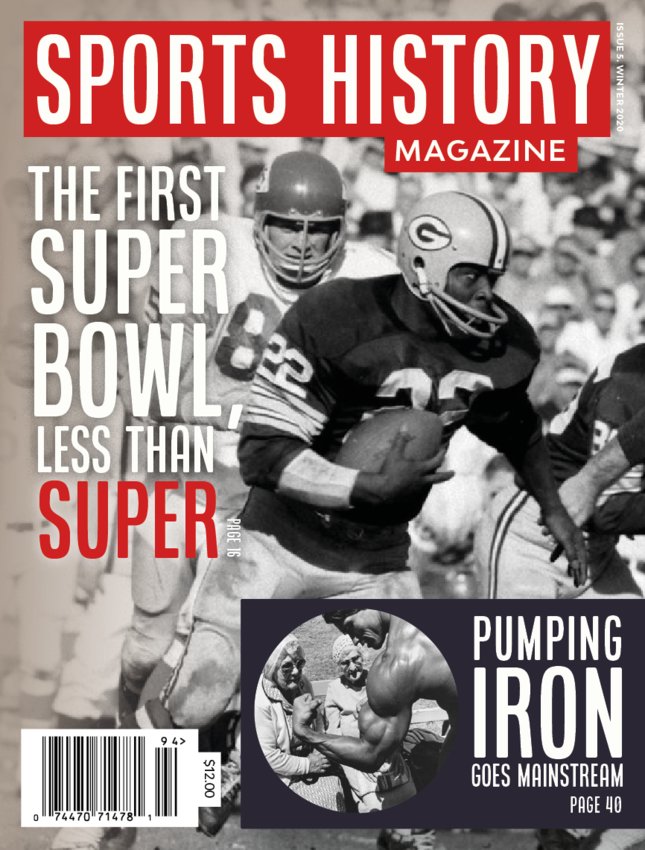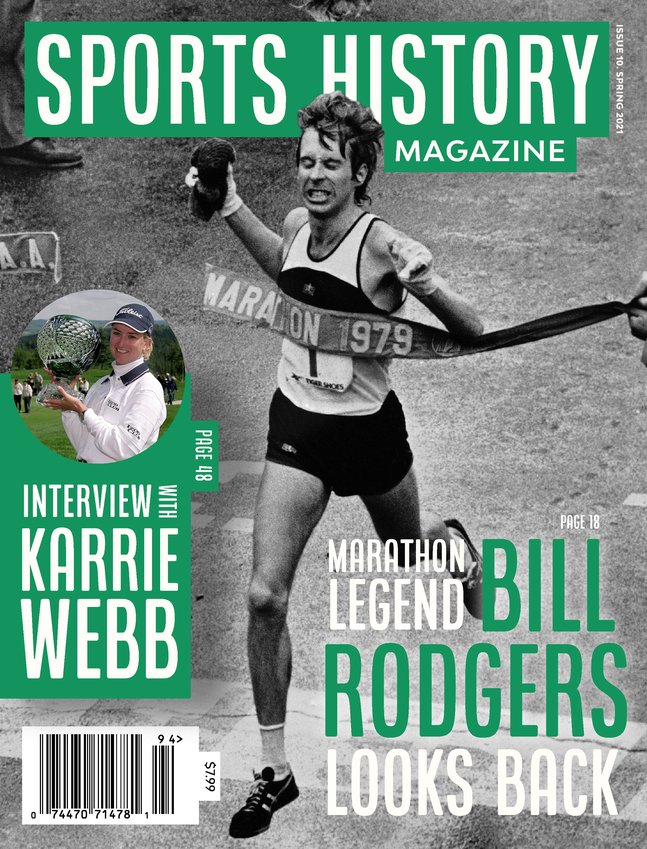Women's NBA- On The Path Of Scoring Big
The WNBA wrapped up another thrilling season this Fall, scoring record highs in social media followings and merchandise sales, in addition to posting the largest game attendance since 2011.
What started off as the NBA’s little sister in the summer of 1997 has blossomed into 12 active franchises, including a recently-sanctioned 2018 team in Las Vegas. Today, the WNBA is the most successful women’s professional sports league on the planet.
Launched to exuberant fanfare after the women’s undefeated gold medal run at the 1996 Olympics, the WNBA took flight in eight markets- Houston, Charlotte, Cleveland and New York (Eastern); Los Angeles, Phoenix, Sacramento and Utah (Western).
From the outset, the Houston Comets dominated the league. Led by Cynthia Cooper-Dyke, the Comets won the inaugural championship and followed up with three more consecutive titles. In 2010, “Coop” became the first WNBA player to be enshrined in the Naismith Memorial Basketball Hall of Fame.
But it wasn’t all wine and roses for the league and its talented ladies. Average game attendance started off at 9,664 in 1997, grew to 10,864 in 1998, but then fell to the 8,000 handle and below in subsequent years.
The league’s much touted ”We Got Next” logo lost momentum as fans failed to convert and the rush subsided. Over time, 6 teams folded and 5 relocated in search of more profitable homes. The Houston Comets themselves closed shop in 2008.
By 2015, the league hit the lowest average game attendance in its 19-year history at 7,318. James Dolan, owner of the NBA’s New York Knicks and WNBA’s New York Liberty, came close to handing the women’s franchise back to the league.
Though benefitting from the financial resources and marketing power of the NBA, the WNBA was still playing under the specter of its defunct predecessors.
The Women’s Basketball Association (WBA), the first women’s basketball summer league, was formed in 1992 but only lasted three seasons. The American Basketball League (ABL) came next in 1996, but collapsed two years later despite drawing large crowds with high caliber players.
But longevity proved to be its own success. From an historical context, the WNBA was also ahead of the NBA at a similar period in its development. Even at its bottom in 2015, the women’s league filled more seats than the NBA did in the mid-1960’s.
2016 brought substantial turnaround efforts at the league. New leadership, a new playoff format, and a new marketing strategy injected fresh vitality into the WNBA. Former Chair of the Coca-Cola Foundation, Lisa Borders, assumed the helm with a focus on leveraging social media and social causes to the WNBA brand.
The “Watch Me Work” advertising campaign, featuring some of the league’s top stars, provided a glimpse into the training regimen of players and was an instant hit. The ad premiered on the first NBA Saturday Primetime game of the 2015-16 season.
Utilizing new digital platforms as springboards- Twitter, FanDuel, TIDAL- and the WNBA’s launch in Electronic Arts’ video games, the ladies’ hoops game is set for a global marketing juggernaut.
More than ever since its humble beginnings 21 years ago, the WNBA is looking big to its future.
Dr.RobelynGarcia@asu.edu Twitter: @RGPhD Facebook: @RGPhD Instagram: @RGPhD










